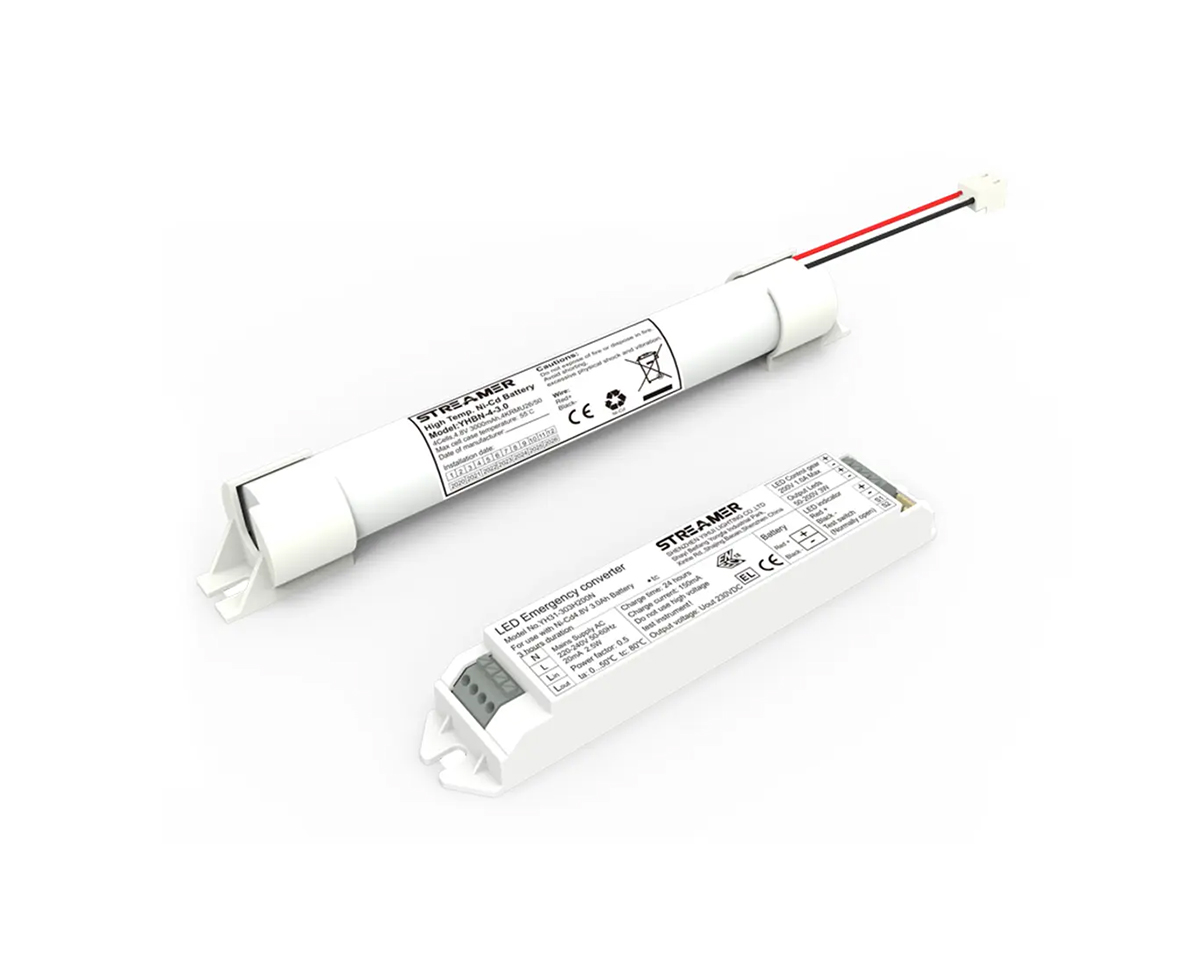 1
1
 Mar 03, 2025
Mar 03, 2025

Baseband processing in Streamer BBU is responsible for tasks such as modulation, demodulation, encoding, and decoding of signals. Improving the efficiency of these processes can lead to better overall system performance, including increased data throughput, reduced latency, and more efficient use of resources.
One way to enhance baseband processing efficiency is through the use of specialized hardware accelerators. Field - programmable gate arrays (FPGAs) and application - specific integrated circuits (ASICs) are often employed in Streamer BBU. FPGAs can be configured to perform specific baseband processing functions, such as fast Fourier transform (FFT) operations which are crucial for orthogonal frequency - division multiplexing (OFDM) modulation. They offer high flexibility as they can be reprogrammed to adapt to different communication standards and protocols. ASICs, on the other hand, are designed to perform a specific set of baseband processing tasks with high efficiency. They are optimized at the hardware level, resulting in faster processing speeds and lower power consumption compared to general - purpose processors.
Software - based optimization also plays a significant role. Advanced algorithms are continuously being developed to improve baseband processing. For example, in the area of channel estimation, more accurate and computationally efficient algorithms are being used. Channel estimation is the process of determining the characteristics of the communication channel between the transmitter and receiver. By using better algorithms, the BBU can more accurately estimate the channel, leading to more efficient modulation and demodulation, and ultimately improving baseband processing efficiency.
Parallel processing techniques are also widely adopted in Streamer BBU. Multiple processing cores or threads can be used to perform different baseband processing tasks simultaneously. For instance, one core can handle the encoding of data while another core is engaged in modulation. This parallelization reduces the overall processing time and increases the throughput of the baseband processing unit. Additionally, the use of optimized data structures and memory management techniques in the BBU software can further improve the efficiency of baseband processing. By reducing the time spent on data access and manipulation, the BBU can process signals more quickly and efficiently.